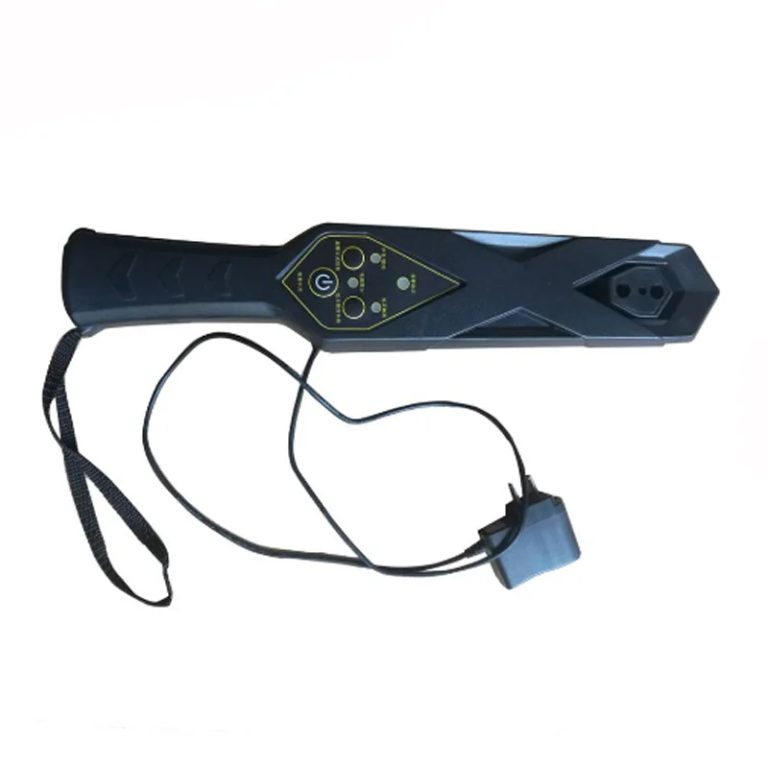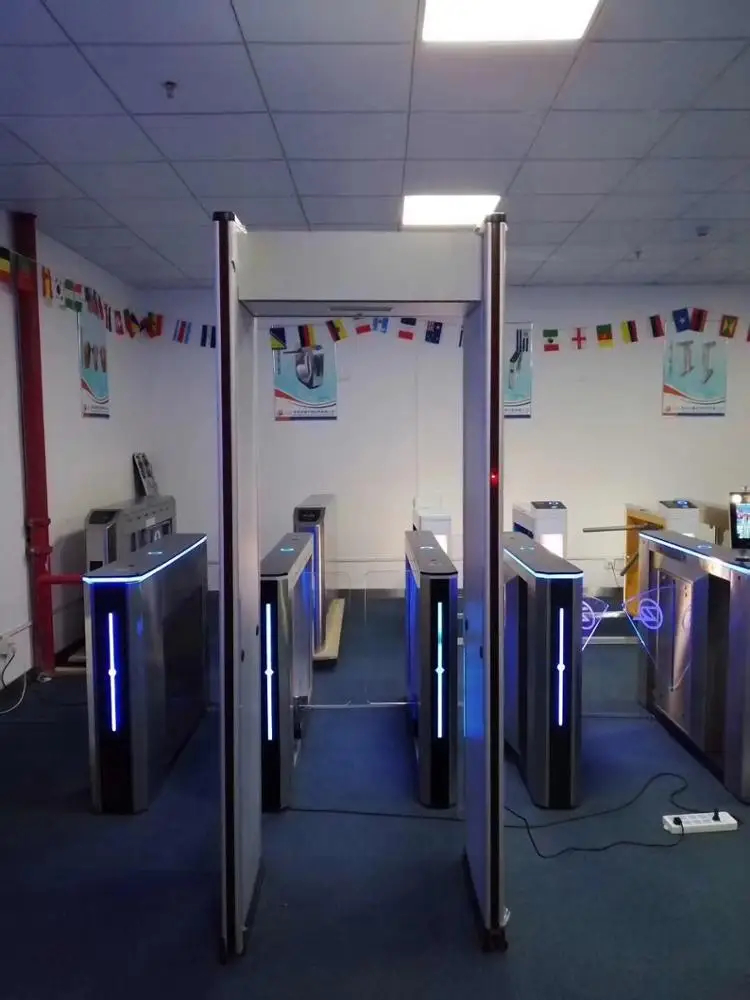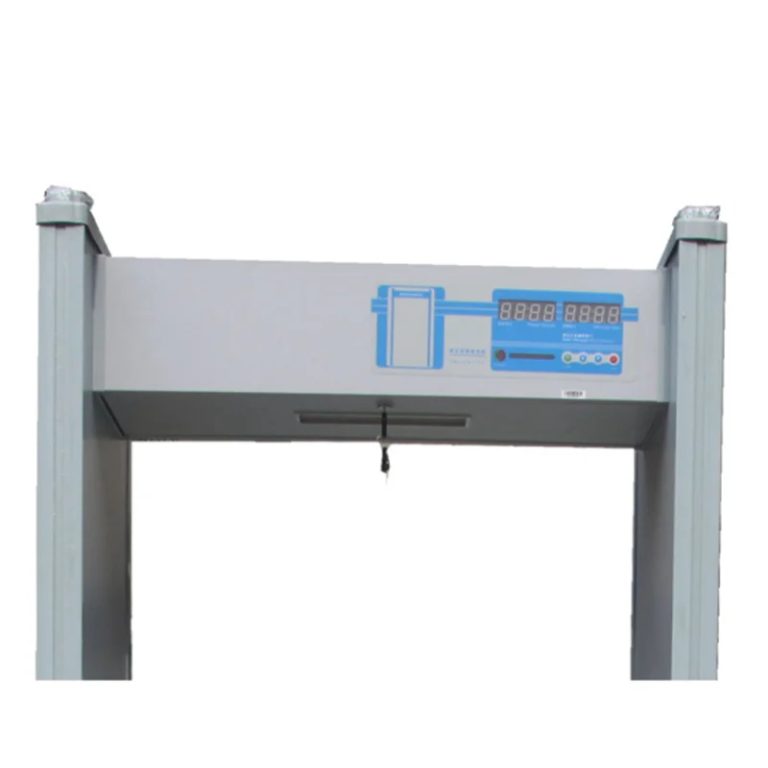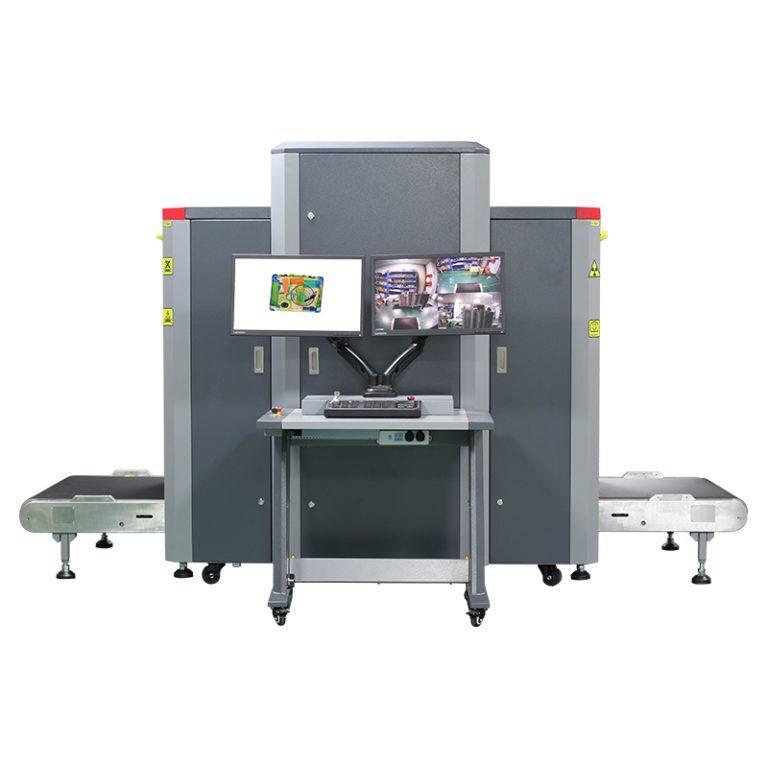Table of Contents
Explorer l’intersection de l’art et de la science dans la détection industrielle des métaux
L’évolution et les progrès de la détection industrielle des métaux : un mélange d’art et de science
L’avenir de la détection industrielle des métaux semble prometteur, avec des recherches et des développements en cours visant à améliorer encore la précision et l’efficacité de ces appareils. L’un des domaines d’intérêt est le développement de la technologie multifréquence, qui permet aux détecteurs de métaux de fonctionner simultanément à plusieurs fréquences. Cette technologie a le potentiel d’améliorer considérablement la détection de différents types de métaux, en particulier ceux qui sont difficiles à détecter à une seule fréquence.
En conclusion, l’évolution et les progrès de la détection industrielle des métaux représentent un mélange parfait d’art et de science. La créativité et l’innovation des scientifiques et des ingénieurs ont transformé ce domaine d’un simple processus à une entreprise technologique complexe. Alors que nous regardons vers l’avenir, il est clair que l’art et la science de la détection industrielle des métaux continueront d’évoluer, poussés par la recherche incessante de l’efficacité, de la précision et de la sécurité.
The art and science of industrial metal detection have evolved significantly over the years, transforming from a simple process to a complex blend of technology and innovation. This evolution has been driven by the need for increased efficiency, accuracy, and safety in various industries, including food processing, pharmaceuticals, mining, and security. The advancements in industrial metal detection are a testament to the ingenuity and creativity of scientists and engineers who have continually pushed the boundaries of what is possible.
The journey of industrial metal detection began in the late 19th century with the invention of the metal detector by Alexander Graham Bell. This rudimentary device was designed to locate metal objects, such as bullets, within the human body. Over time, the technology was refined and adapted for different industrial applications. The early 20th century saw the introduction of handheld metal detectors, which were used primarily in mining and construction. These devices were capable of detecting metal objects buried deep within the ground, thereby increasing the efficiency and safety of these industries.
The mid-20th century marked a significant turning point in the evolution of industrial metal detection. The advent of digital technology led to the development of more sophisticated and accurate metal detectors. These devices incorporated advanced features such as discrimination, which allowed them to distinguish between different types of metals. This was a major breakthrough, as it enabled industries to detect and remove specific unwanted metals from their products or processes.
In recent years, the art and science of industrial metal detection have been further enhanced by the integration of artificial intelligence (AI) and machine learning. These technologies have revolutionized the field by enabling metal detectors to learn and adapt to different environments and conditions. For instance, modern metal detectors can be programmed to ignore certain types of metals that are commonly found in a particular environment, thereby reducing false alarms and increasing detection accuracy.
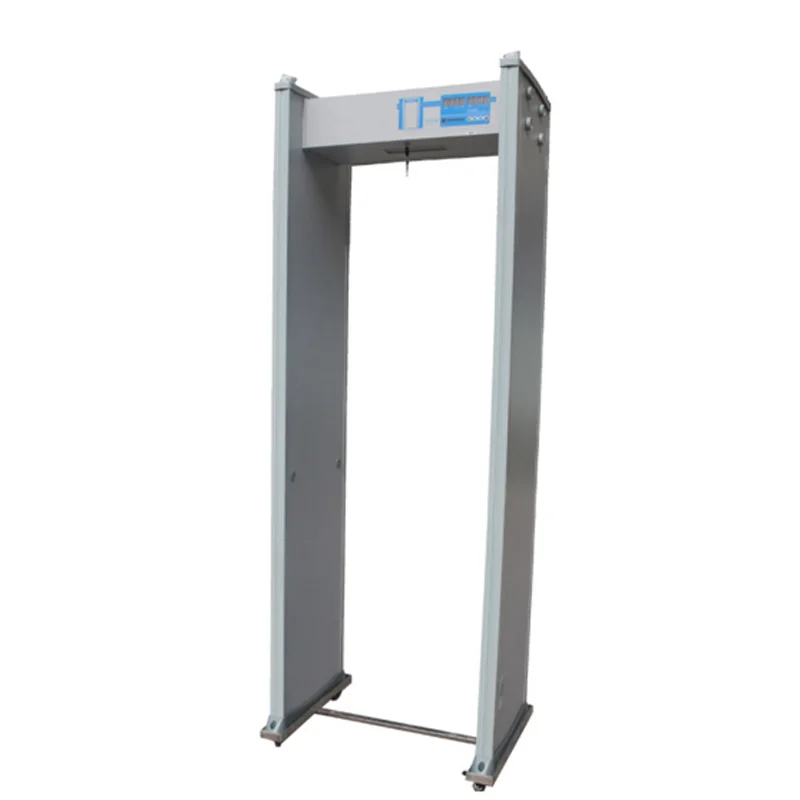
Moreover, the advent of 3D imaging technology has taken industrial metal detection to new heights. This technology allows metal detectors to create a three-dimensional image of the area being scanned, providing a more detailed and accurate representation of the location and size of the metal objects. This has proven particularly useful in industries such as archaeology and geology, where precise detection and mapping of metal objects are crucial.
The future of industrial metal detection looks promising, with ongoing research and development aimed at further improving the accuracy and efficiency of these devices. One area of focus is the development of multi-frequency technology, which allows metal detectors to operate at multiple frequencies simultaneously. This technology has the potential to significantly improve the detection of different types of metals, particularly those that are difficult to detect at a single frequency.
In conclusion, the evolution and advancements in industrial metal detection represent a perfect blend of art and science. The creativity and innovation of scientists and engineers have transformed this field from a simple process to a complex technological endeavor. As we look to the future, it is clear that the art and science of industrial metal detection will continue to evolve, driven by the relentless pursuit of efficiency, accuracy, and safety.


